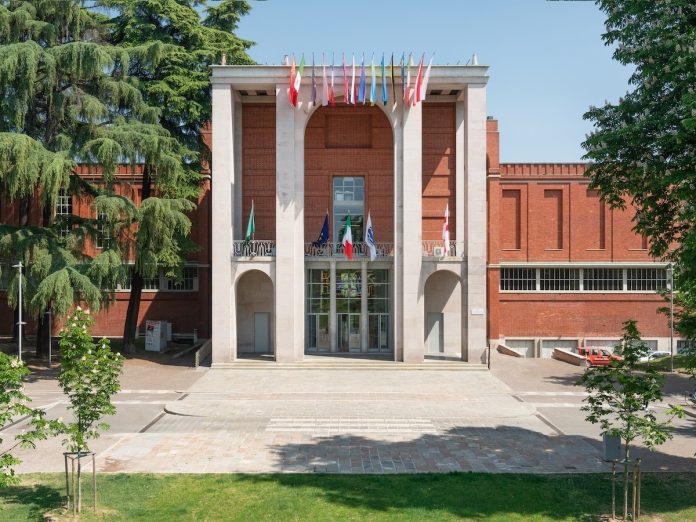A milestone, approached with a lively innovative spirit and a long-term vision. Initiated in 1923 in Monza as the Biennale delle arti decorative, Triennale Milano now reaches its 100th year in 2023, accompanied by sweeping changes for the institution.
The process begins from a deeply rooted multidisciplinary cultural heritage, which over time has generated constructive reflections, in step with a society in rapid transformation. The year of celebration is interconnected with the strategic plan for 2022-2026.
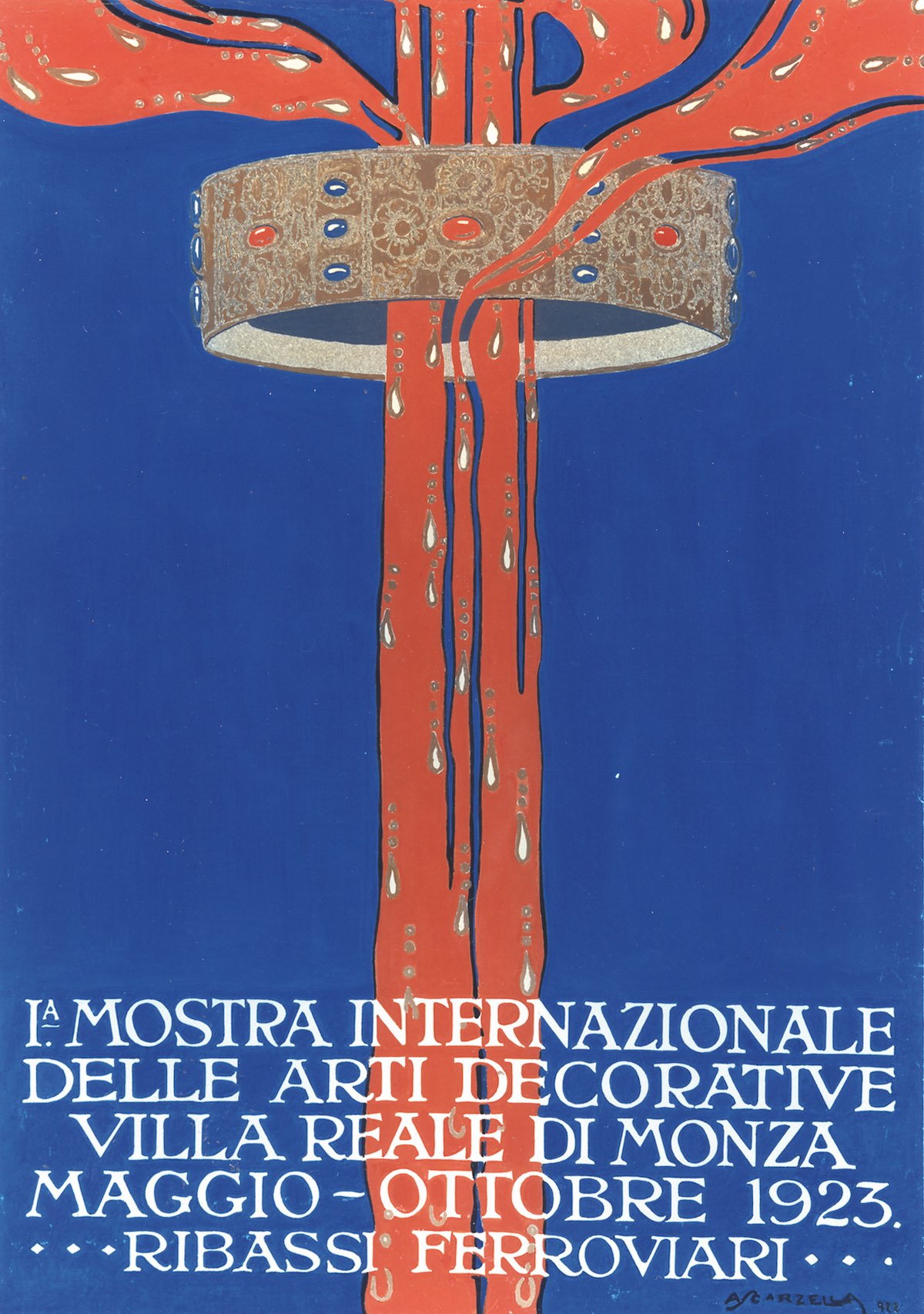

The centenary calls for a variegated program of events across the entire year of 2023. Three important exhibitions will mark the anniversary, retracing the history of the Triennale across its most relevant discipline: design, architecture and art. The Italian Design Museum (reopening to visitors on 15 April), the exhibition Triennale. Home Sweet Home (May to September) and the show on Italian contemporary painting (October 2023 to January 2024), will put historical memory into dialogue with the works of today’s designers, architects and artists.
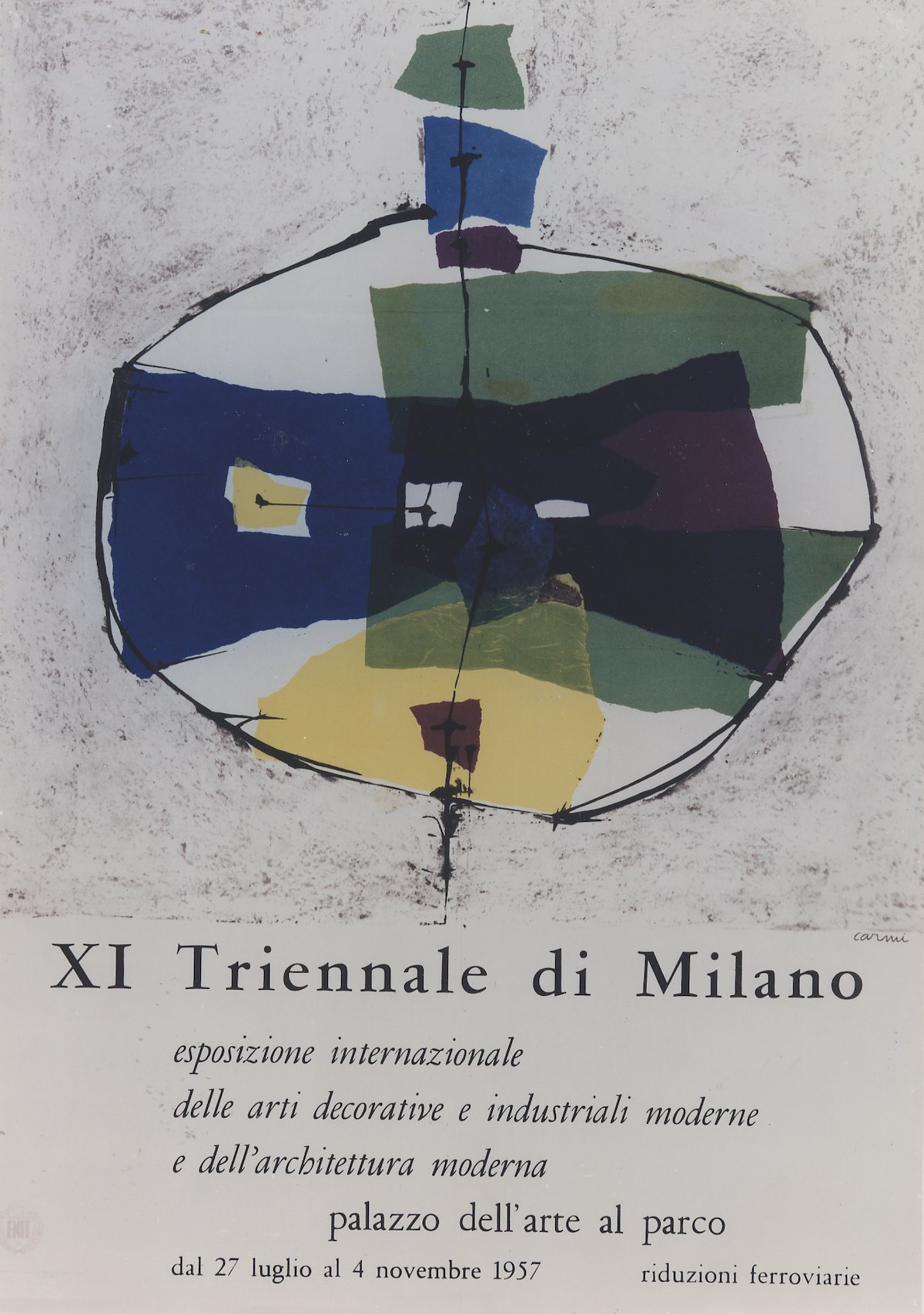
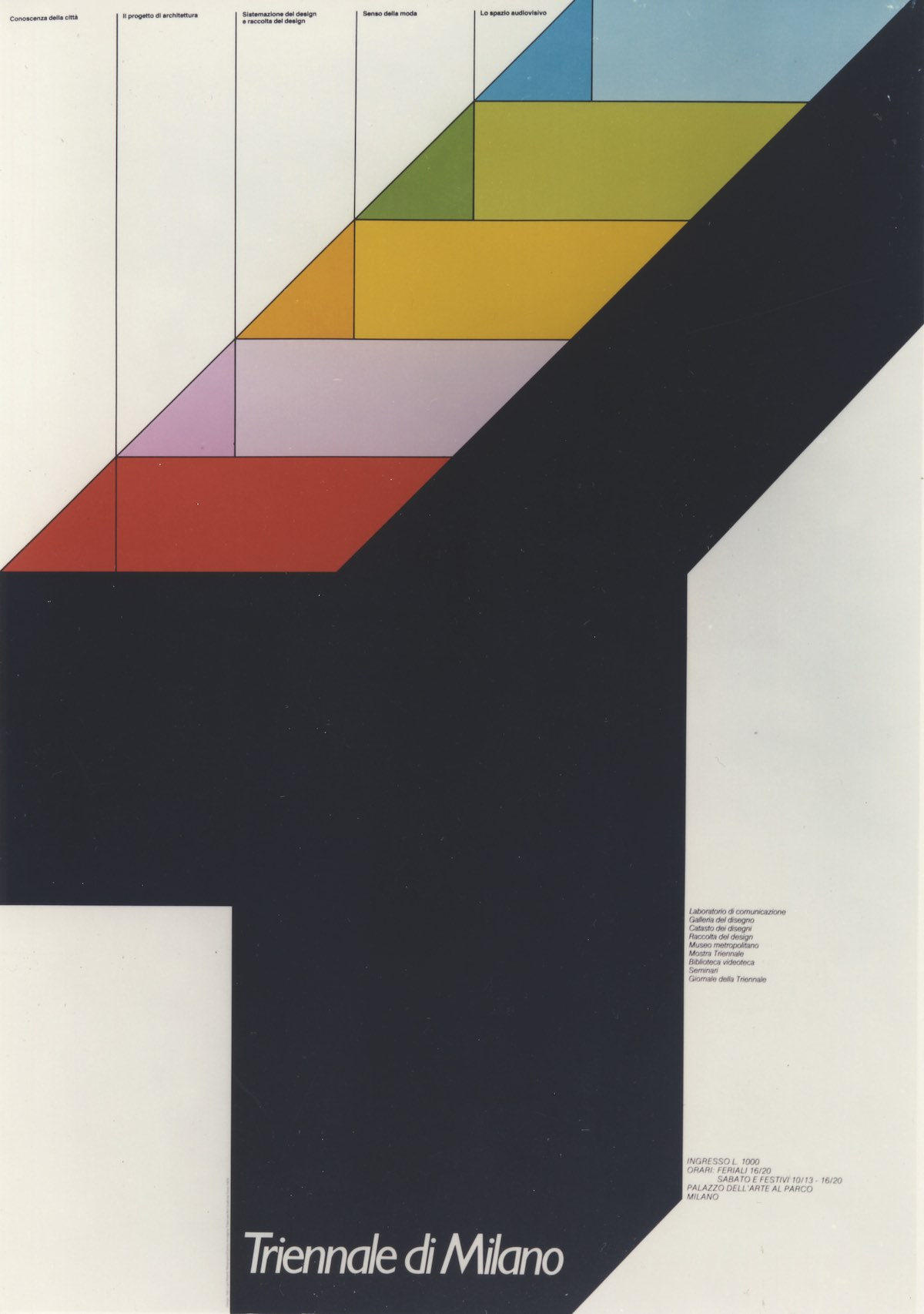
In May, the program also features an original performance created by Romeo Castellucci, Grand Invité 2021-2024 of Triennale Milano, in the spaces of the Palazzo dell’Arte, and a conference at Villa Reale in Monza on the founding of ISIA – Istituto Superiore per le Industrie Artistiche, which took place precisely during the first edition of the Biennial of Decorative Arts.
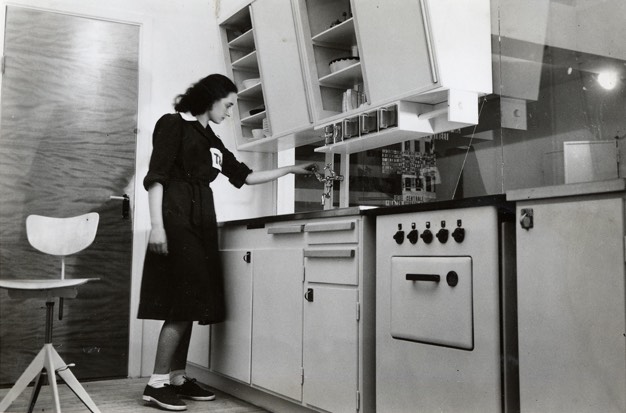
This is also an opportunity to open the archives of the Triennale to the public (December 2023). In the extraordinary perspective view leading from the entrance towards the helical staircase of the Palazzo dell’Arte – which has not been visible for over 30 years – a space will be set up under the title of Il Magnete, in which to peruse thousands of drawings, projects, photographs, letters and texts, all now in digital format. Visitors can also conduct research and develop ideas for the future thanks to the Triennale Research Center which comes back to life precisely in the ‘Magnet.’

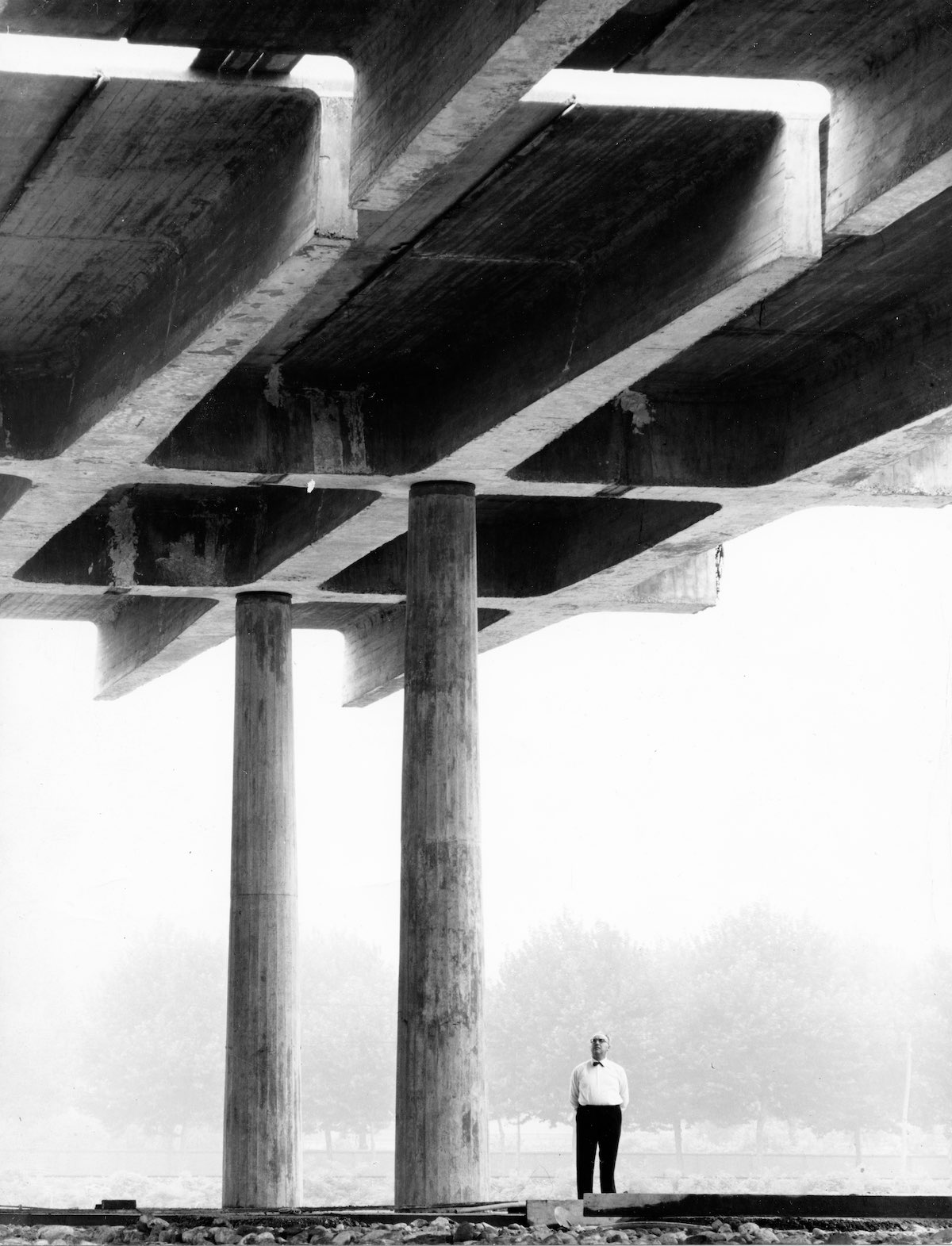
The calendar for 2023 continues with retrospectives on the great protagonists of architecture and design (Angelo Mangiarotti, Ettore Sottsass, Gabriele Basilico), exhibitions in cultural partnership with Fondation Cartier pour l’art contemporain, a focus on Italian artists (Lisa Ponti, Anna Franceschini), international group shows on photography, and focuses on the finalists of the Italian Architecture Prize 2023 organized together with MAXXI. And much more.
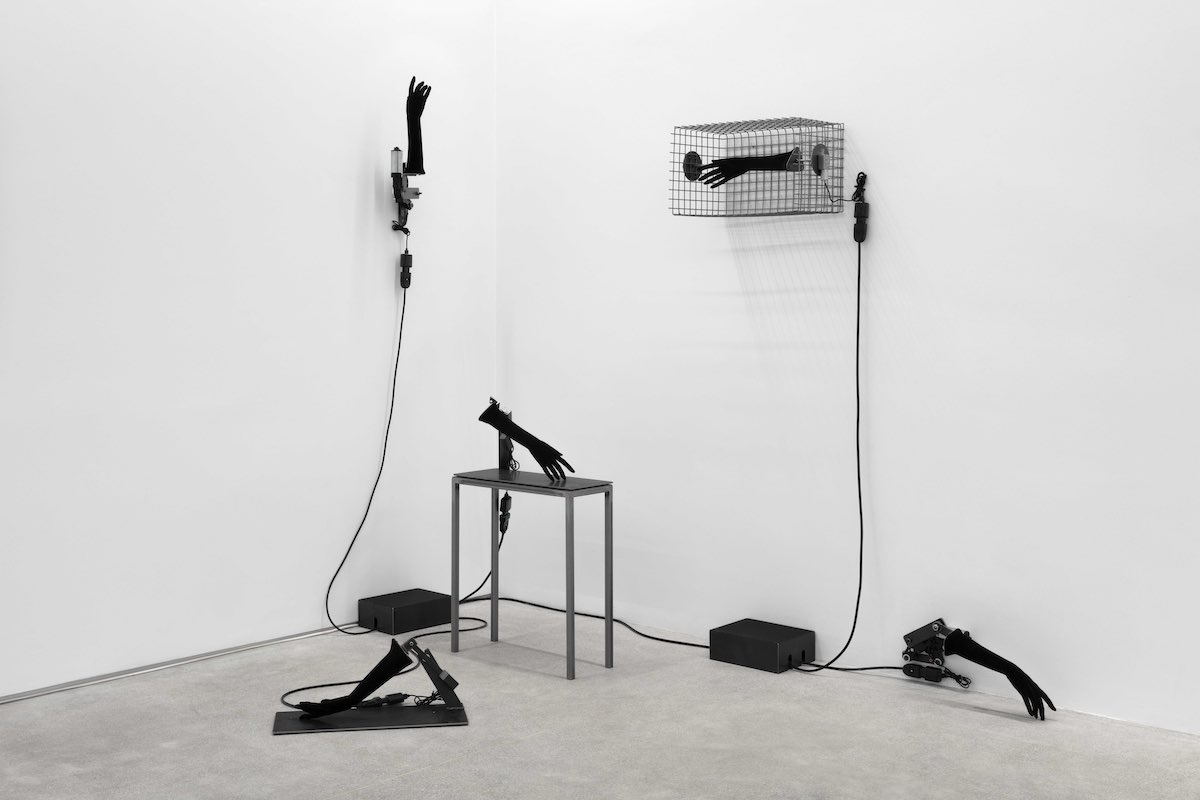
In all, 17 key projects (just in 2023) have been identified in the strategic plan Design the Future, which until 2026 clarifies the aims of the Triennale, defining the priority areas of action. These include an expansion of educational offerings, consolidation of international partnerships, the reactivation of the Research Center, and the creation of an Innovation Hub.
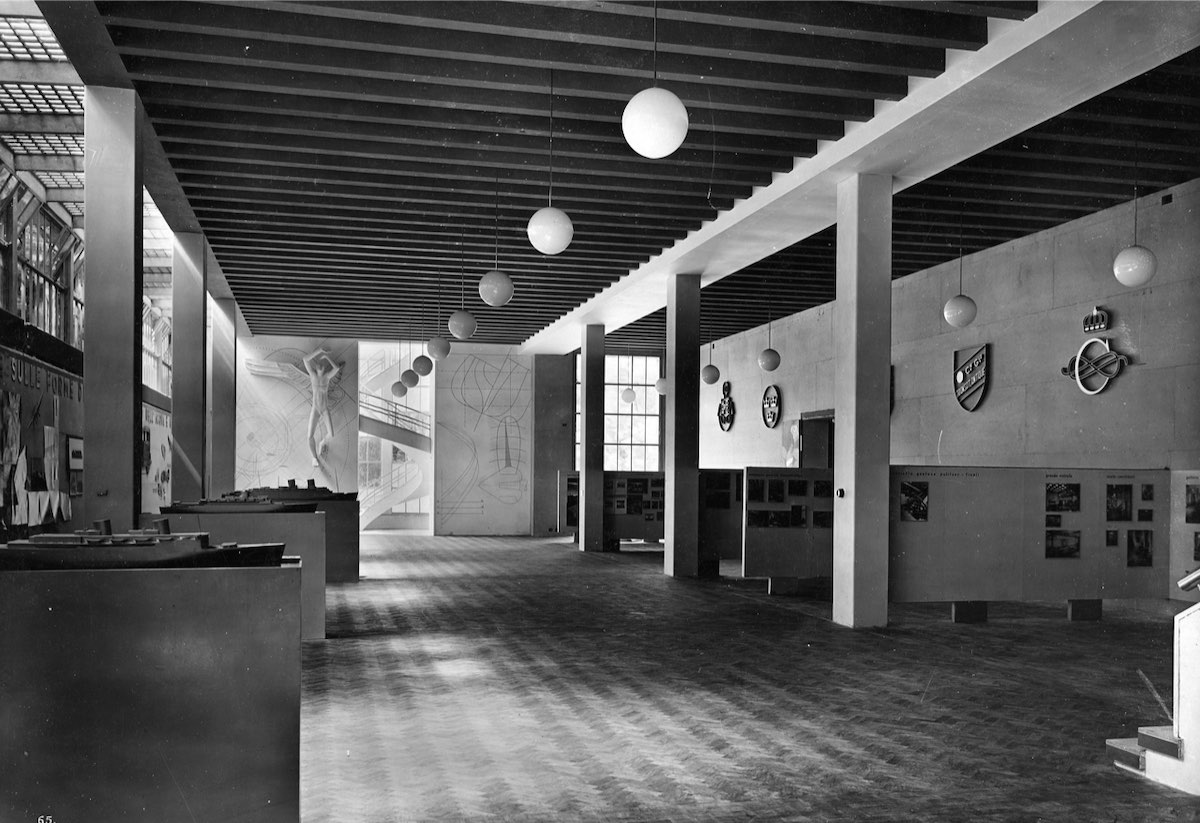
Then, for the years to follow, four macro-objectives have been set: greater engagement with the public, indispensable for the development of cultural sensibilities; reinforcement of the reputation of the Triennale as a space of innovation and multidisciplinary activities, together with its enhancement as a place of research and experimentation; a more flexible organizational model capable of producing eco-systemic impact on the sector, the territory and the life of the city. At the website future.triennale.org it is possible to watch the progress of the projects, and to learn more about the initiatives and their themes.

